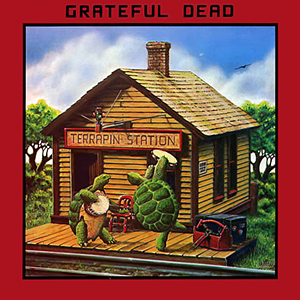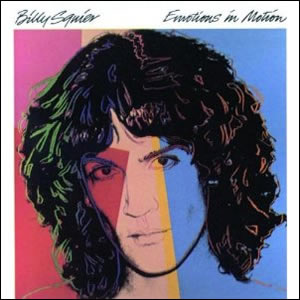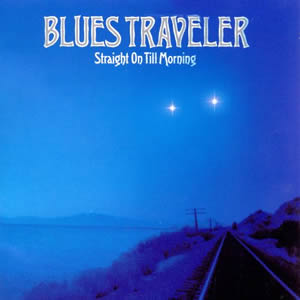Terrapin Station by Grateful Dead
Buy Terrapin Station By the mid 1970s, the fiercely independent Grateful Dead decided to make a radical turn towards more conventional music business practices. Foremost in this new direction was the decision to […]

Buy Terrapin Station By the mid 1970s, the fiercely independent Grateful Dead decided to make a radical turn towards more conventional music business practices. Foremost in this new direction was the decision to […]

Buy Emotions in Motion Billy Squier delivered a second straight solid hard rocker with 1982’s Emotions in Motion, the third overall solo release by the Massachusettes native. While continuing much of the solid […]

Buy Chicago V Continuing an incredible run of musical output and commercial success, Chicago released their fifth overall album in a 39 month span with 1972’s Chicago V. The fourth studio album by […]

Buy Straight on Till Morning With a newly found international audience waiting for nearly three years for Blues Traveler to release a follow-up to their breakthrough album, the group ultimately found a mixed […]